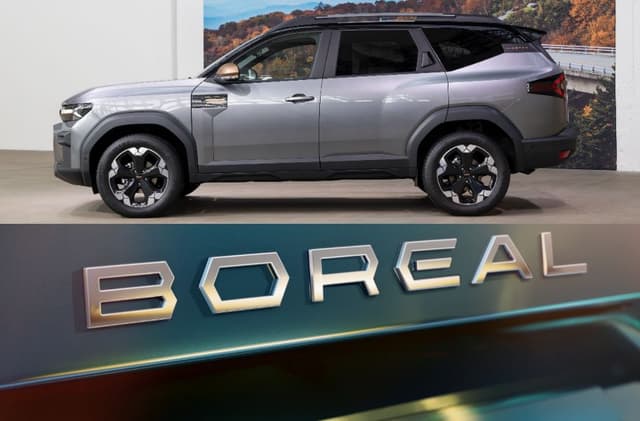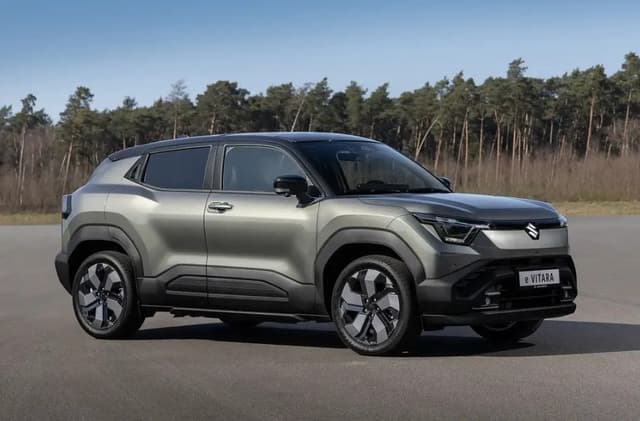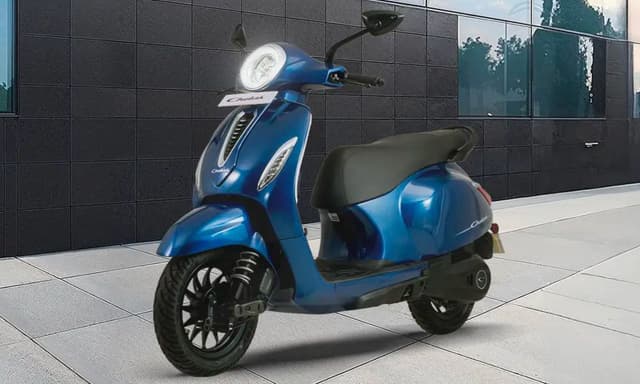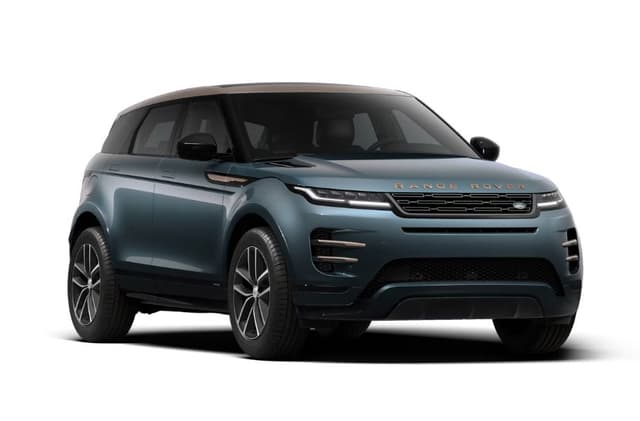Tesla Recalls Nearly 579,000 U.S. Vehicles Over Pedestrian Warning Risk Sounds

Highlights
Tesla Inc is recalling 578,607 vehicles in the United States because pedestrians may be unaware of an approaching vehicle if warning risk sounds are obscured, U.S. regulators said Thursday.
Under increasing scrutiny from the National Highway Traffic Safety Administration (NHTSA), Tesla has issued 10 U.S. recalls over the last four months.
The electric vehicle manufacturer is recalling some 2020-2022 Model S, Model X, Model Y, and 2017-2022 Model 3 vehicles because the "Boombox function" allows sounds to be played through an external speaker while the vehicle is in motion.
NHTSA said the vehicles fail to comply with a federal motor vehicle safety standard on minimum sound requirements for electric vehicles.
Tesla will perform an over-the-air software update that will disable the Boombox functionality when the vehicle is in Drive, Neutral and Reverse modes. Many of Tesla's recent recalls have been to address software issues.
Tesla said it was not aware of any crashes, injuries or fatalities related to recall.
After Tesla introduced "Boombox" in December 2020, NHTSA issued an information request in January 2021, the automaker said. That was followed by a number of virtual meetings on the issue over subsequent months.
In September, NHTSA upgraded an investigation into the issue, Tesla said. In October Tesla defended tests and rationale used to determine Boombox's compliance. Tesla agreed to a recall after two days of meetings last month.
Boombox uses the Pedestrian Warning System (PWS) speaker and users can customize sounds.
Under rules mandated by Congress, automakers must add sounds to electric vehicles when they are moving at speeds of up to 18.6 miles per hour (30 km per hour) to help prevent injuries among pedestrians, cyclists and the blind.
Electric vehicles are often harder to hear at lower speeds than gasoline-powered engines. At higher speeds, tire noise, wind resistance, and other factors eliminate the need for alert sounds, NHTSA said previously.
(This story has not been edited by NDTV staff and is auto-generated from a syndicated feed.)
Related Articles
Latest News
- Home
- News
- Technology
- Tesla Recalls Nearly 579,000 U.S. Vehicles Over Pedestrian Warning Risk Sounds













